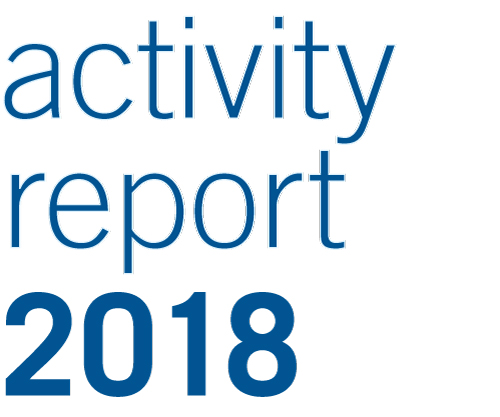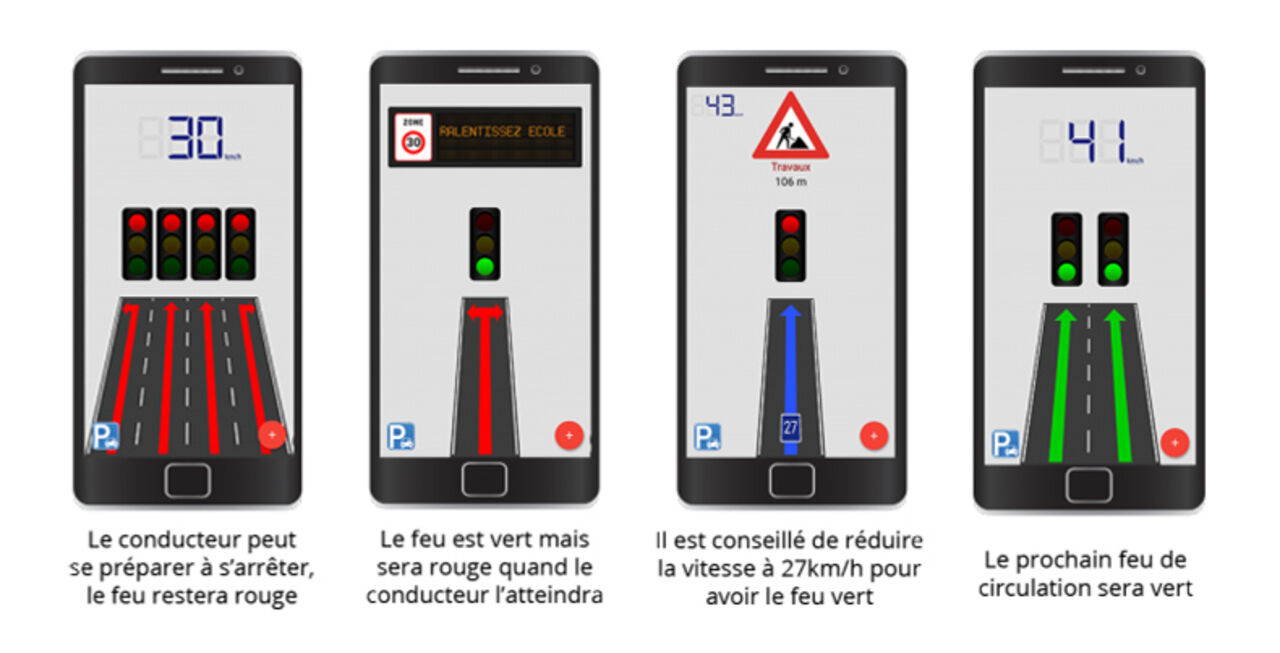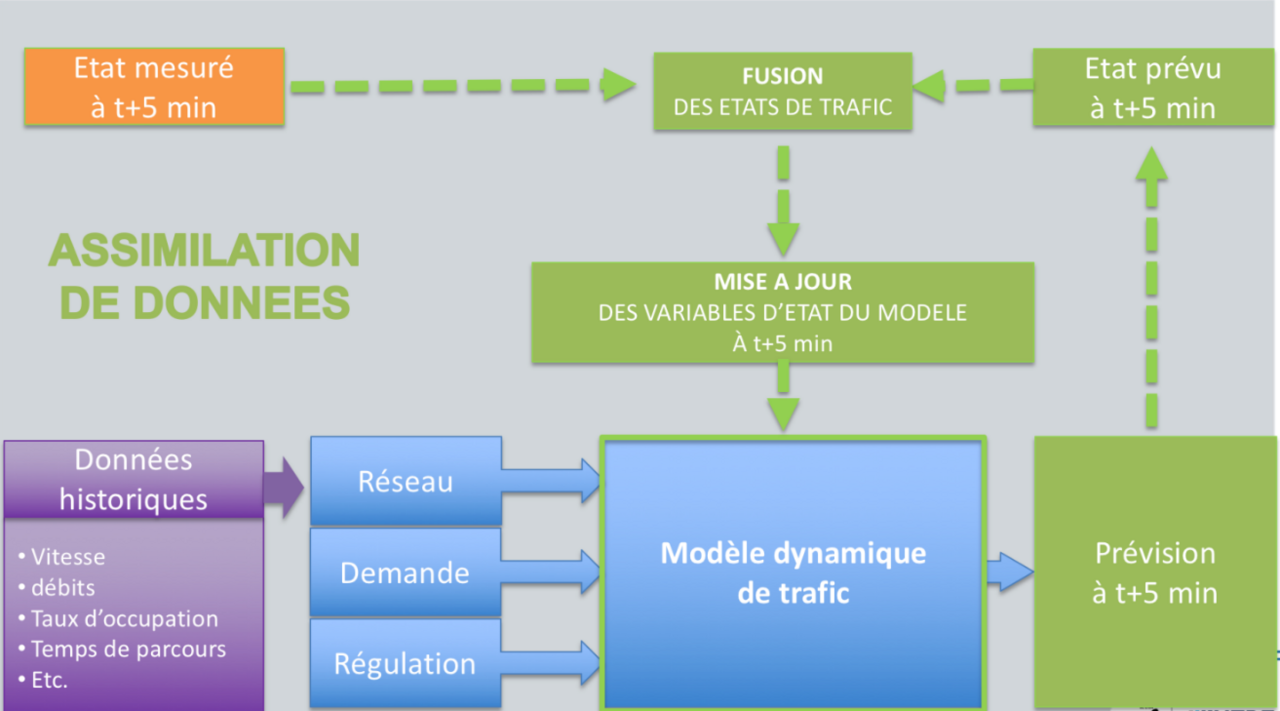The A35 motorway is a strategic link for the Strasbourg Eurometropolis. It not only carries through traffic but also facilitates internal trips within the urban community of Strasbourg. It carries heavy traffic and generates many negative environmental and economic externalities: recurrent congestion which leads to delays and undermines economic competitiveness, noise problems, and air pollution which causes nearly 150 premature deaths per year.
DREAL Grand Est, which is responsible for the project management of the upgrading of this road, has contacted IFSTTAR in order to:
- Conduct a feasibility study detailing the design of a prototype for short-term journey time forecasting on this portion of the A35,
- Develop a prototype that provides real-time knowledge of traffic conditions and that makes short-term traffic predictions, in order to compute journey time information reliably and disseminate it to users,
- Validate the prototype based on historical observations. It has been shown to be robust as regards integrating specific events that regularly occur on the network (accidents, works).
This work provided an opportunity to test the journey time estimation prototype developed at IFSTTAR between 2015 and 2017, under real conditions in the field. This first application validated the functionalities provided by the algorithms developed within this framework and led to an initial proof of concept before subsequent deployment.



